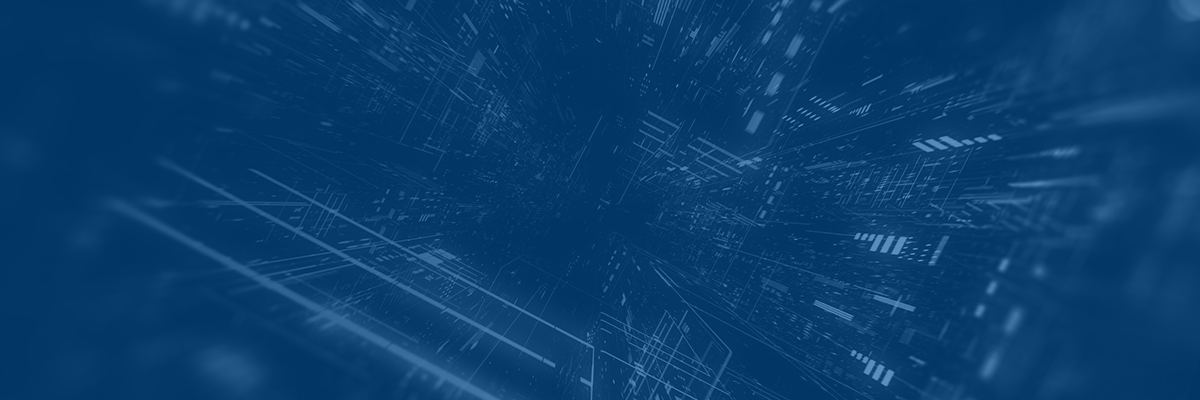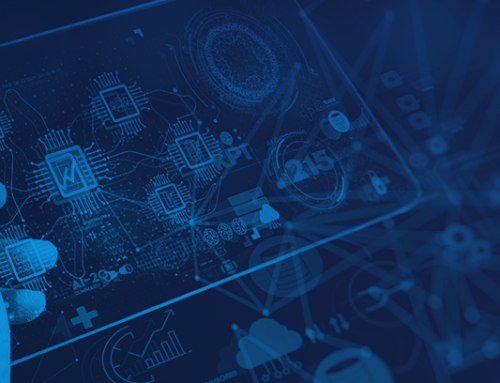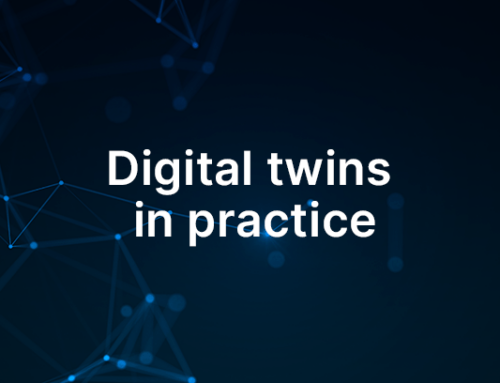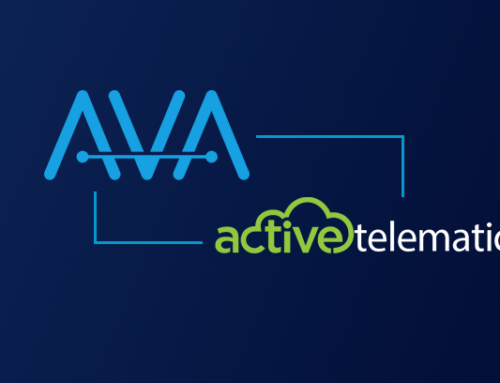On 23 March 2016 Microsoft created an artificial intelligent (AI) chatbot on Twitter named Tay. 16 hours later they had her removed. With trolls tweeting and teaching Tay politically incorrect & inflammatory phrases, she quickly turned into a one-of-a-kind, very offensive bigot bot.

What happens when a AI chatbot goes wrong
Fortunately, we’re living in a time where technological development is accelerated to such a rapid pace, resulting in a substantially increased adoption rate. This has dramatically shifted the approach towards the fourth industrial revolution, which includes AI and machine learning. Instead of fearing job loss or robots taking over, the world is focused on the opportunities for growth, economically and socially.
When it comes to mining, reports have shown that spending on AI platforms in mining will be more than $218m. This is up from $76m in 2019, representing a compound annual growth rate (CAGR) of 23.4%. This, in addition to the impact that COVID-19 has had on the increase of adopting new technologies, it can be expected to grow even faster.
AI is increasing mining efficiency
As a software company that believes in a data-driven approach to mine management, AI is the golden key in increasing productivity. Large and diverse data sets that when analyzed in aggregate, reveals patterns, trends, and associations. These learnings play a significant part in the development of operational solutions that drive efficiency.
Through several key technologies in the value chain, including computer vision, smart robots, data science, and machine learning, we can manage (and lower) the rising costs required to achieve greater productivity. In addition to optimizing operations, AI can also assist in increasing safety and sustainability efforts.
Machine Learning Vs. Artificial Intelligence
Again, we may be tempted to think of Terminator when we hear machine learning (ML), but it’s simply a subset of AI that allows a machine to automatically learn from historic data. ML is integral to data-driven businesses such as AVA Solutions.
ML can be divided into two categories:
- ML enhances data-driven decision-making, often in combination with business intelligence and data analysis tools.
- ML is used to build models and incorporate AI into larger applications. This includes providing machine learning as a service (MLaaS) and using developer tools such as application programming interfaces (APIs) to facilitate adoption.
AI as a cost-saving tool
Typically managers have difficulties managing budget and risk, due to the many blind spots within daily operations. With predictive technology driven by real-data, this improves operational control and decreases the risks. Therefore, increasing control and ultimately profit.
Key areas where AI is decreasing spend:
- Exploration costs can be reduced by using AI to identify the most likely locations of mineral deposits.
- Predictive maintenance can ensure that equipment defects are solved before they become extremely costly and ensure that equipment downtime is kept to a minimum, increasing productivity.
- Smart sensors and cameras aid automated equipment while also monitoring the safety of workers in mines.
Leaders driving AI in mining
Leading AI vendors
Google, Amazon, Microsoft, Alibaba, Baidu, Apple, Tencent, Facebook, IBM.
Leading AI vendors in mining
Goldspot Discoveries, Earth AI, Minerva Intelligence, DroneDeploy, Hikvision, Imago, Caterpillar, Komatsu, Microsoft.
Leading adopters of AI in mining
Goldcorp, BHP, Rio Tinto, Freeport-McMoRan, Fortescue, Newcrest, Barrick Gold, Dundee Precious Metals.
Conclusion
The data science platform market is booming and being able to work towards a future where AI and machine learning can help prevent cancer, predict economic downfalls or in our case, increase efficiency by providing our clients with a specialised load & haul solution at an affordable rate, is needless to say, very exciting.




